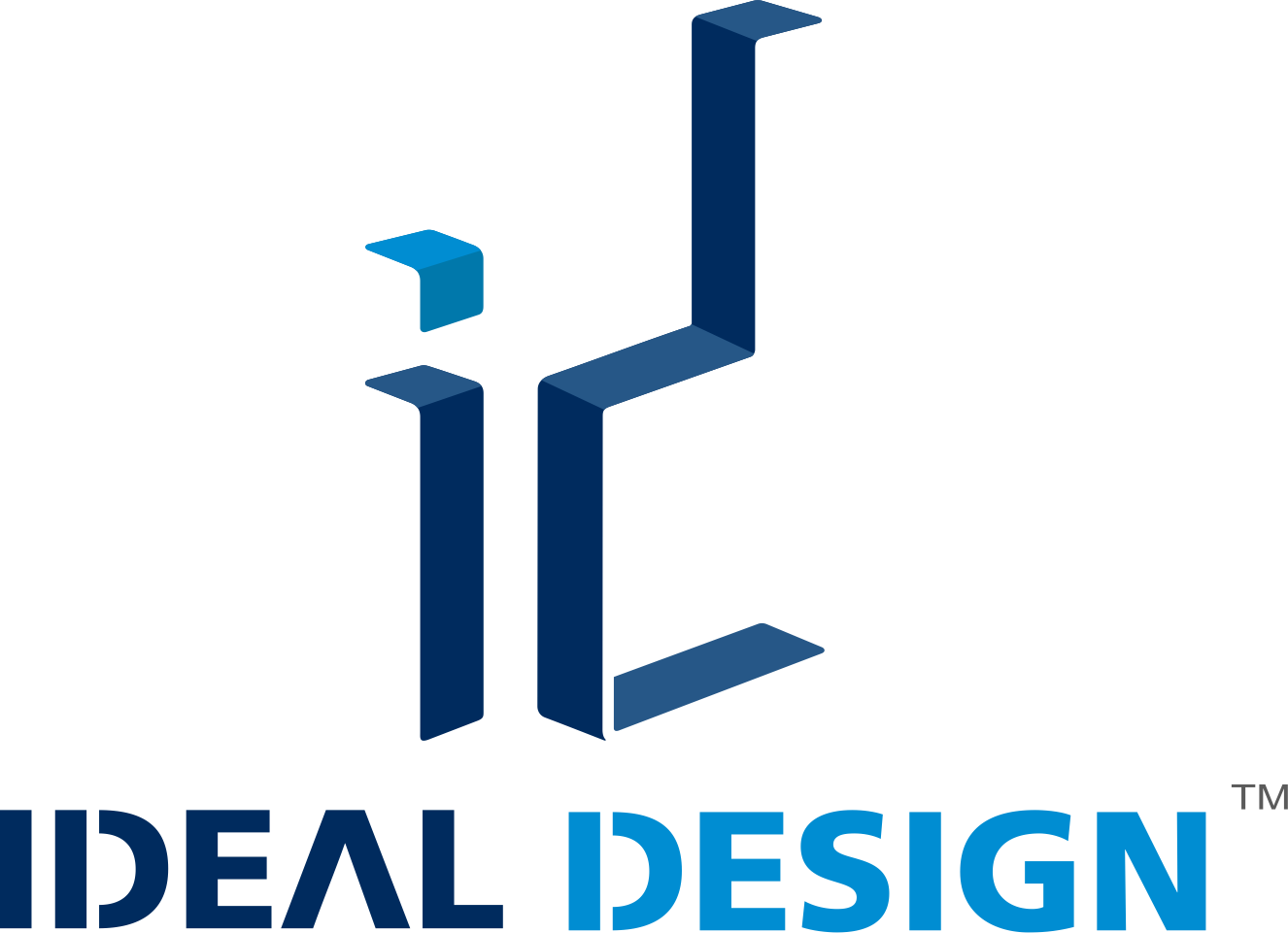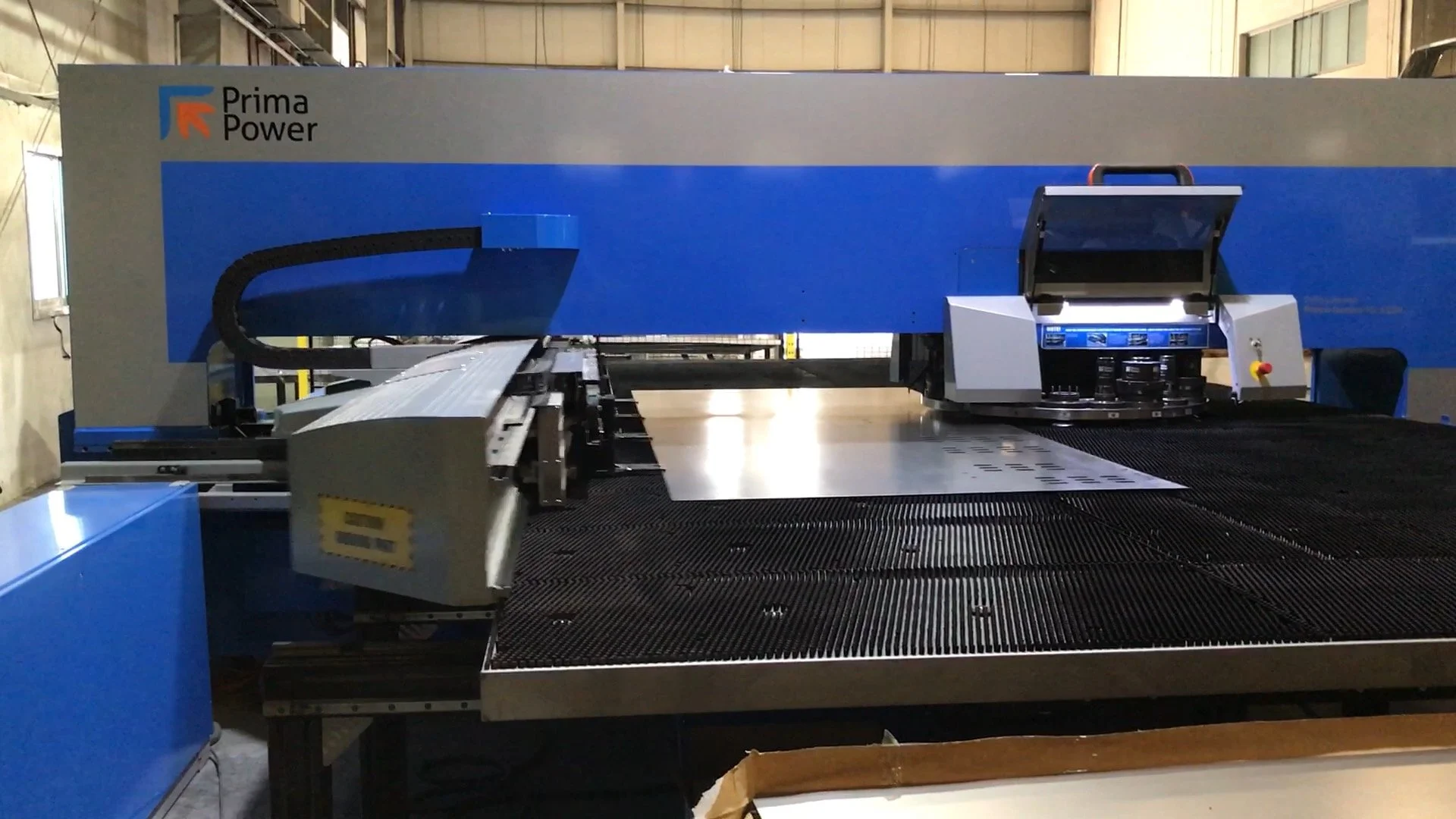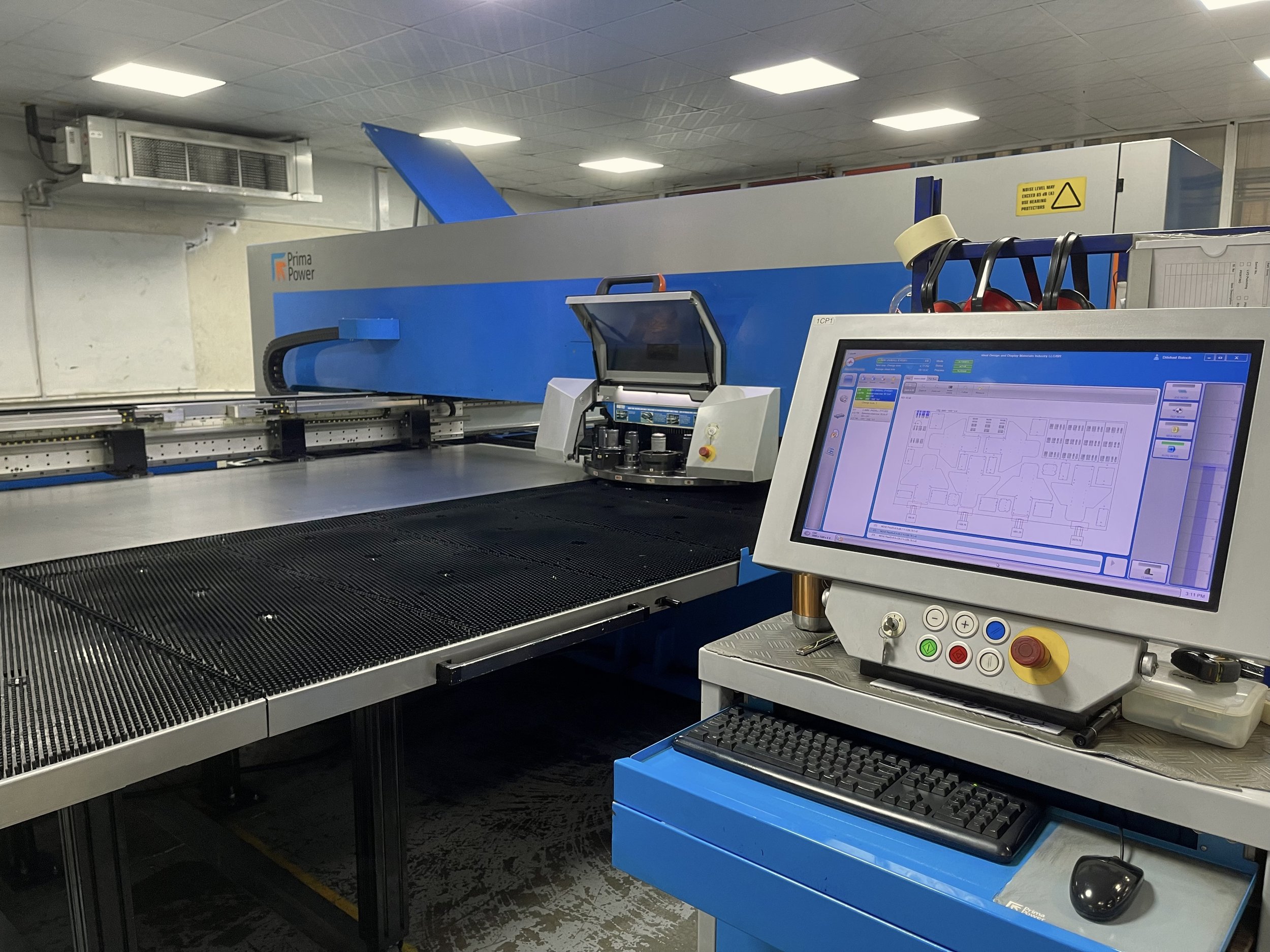Computer Numerical Control (CNC) punching has dramatically transformed the landscape of sheet metal fabrication today. With its blend of speed, precision, and adaptability when it comes to processing sheet metal, it is an indispensable tool in todays world of manufacturing. Punch presses use mechanical force to create holes, slots, and various shapes in metal sheets that are further processed to form assemblies. The underlying technology of different punch presses is similar with a few notable differences, namely:
Turret system on our Prima Power Punch Genius
Turret Punch Presses: The most common type, turret punch presses feature a rotating turret that holds a selection of punch and die sets. This design allows for rapid tool changes, making it highly versatile for producing complex patterns. Turret punch presses can be further classified into hydraulic, mechanical, and servo-electric types, each offering unique benefits. Hydraulic presses are known for their powerful force and durability, mechanical presses for their speed, and servo-electric presses for their energy efficiency and precision.
Single-Head, Tool-Changer Machines: These machines have a single punching head equipped with an automatic tool changer. This setup provides a balance between the high-speed capabilities of turret presses and the flexibility of having multiple tools available for complex jobs. Single-head machines are particularly valued for their ability to handle large or complex sheet metal parts with high precision.
At Ideal Design we have had the opportunity to use many of these different systems over the years ranging from Trumpf (hydraulic single-head) to LVD (hydraulic turret) and Prima Power (servo-electric turret).
Next, we take a brief look at some of the technology and parts that goes into a Punch Press:
Technology:
Auto-Indexing Stations: These allow tools to rotate to any angle, expanding the machine's capability to produce more complex shapes and patterns.
Multi-Tools: A multi-tool setup holds several punches in a single station, significantly increasing the variety of shapes that can be produced without changing tools.
Automation Features: Punch presses can be configured with certain automation features. One such feature we utilise at Ideal Design is a trap door system where small parts are automatically separated and collected . As the machine punches out these parts from the metal sheet, the trap door opens to allow them to fall through into a designated collection area, such as a bin and sometimes a small conveyor attached to a bin.
Parts of the Machine and Their Purpose:
The control panel
Punch and Die on a Multi-tool
Control Panel: The CNC control panel is the brain of the machine, where operators input the design specifications and control the punching process.
Turret: The turret holds the various tools and rotates to position the desired punch and die set above the sheet metal.
Punch and Die: The punch is a hardened metal rod that presses into the sheet metal to create a hole or shape, while the die is the corresponding opening that supports the metal during punching.
Worktable: The worktable supports the sheet metal during the punching process and often includes clamps to hold the material in place.
CNC punching machines are integral to modern sheet metal fabrication, offering an unmatched combination of speed, accuracy, and versatility. From the precision and efficiency of servo-electric turret presses to the adaptability of auto-indexing stations, CNC punching continues to be a cornerstone in our industry.




